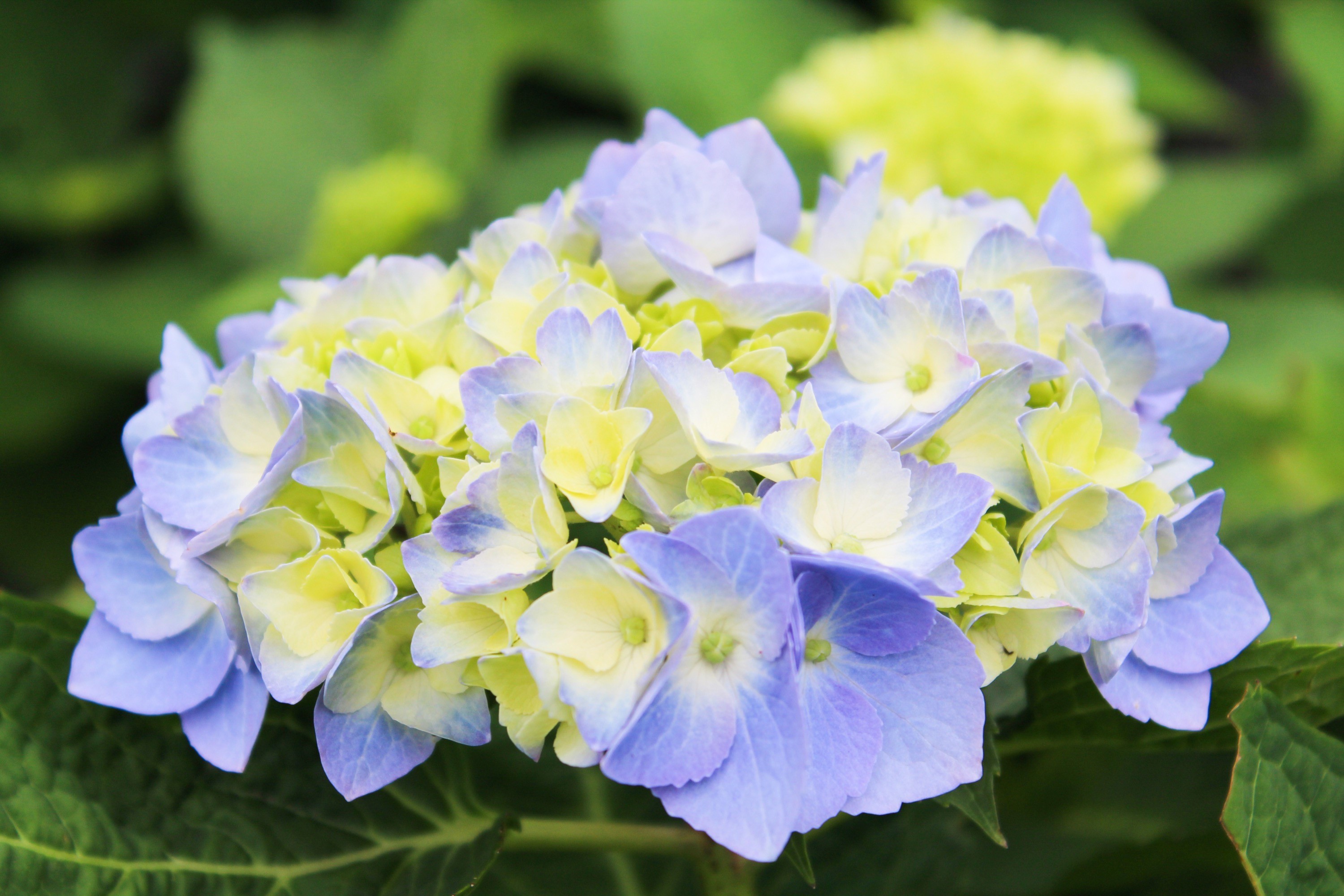Shrub Pruning

Keep in mind your purpose in pruning. Are you pruning to keep growth in scale with the surroundings, maximum flowering and/or fruiting, enhance form, etc.? Prune for a purpose, not just because the shears and saw are handy.
- Dead or diseased wood or wood that is seriously infested with insects.
- Weak wood that is not productive of bloom.
- Excess suckers and shoots, whether originating from the base or on the upper part of the trunks.
- Branches that are rubbing.
Prune the following shrubs during the dormant season-usually late February or early March.
All are summer-flowering plants that produce their blooms on growth of the same season.
- Abelia grandiflora
- Aesculus parviflora (bottlebrush buckeye)
- *Buddleia (butterfly bush), except B. alternifolia
- Callicarpa (beautyberry)
- *Caryoptris (blue spirea)
- Ceanothus (New Jersey tea or redroot)
- Clethra (summersweet, sweet pepperbush)
- *Cornus-Red Twig (not trees)
- Diervilla (dwarf bush-honeysuckle)
- Hibiscus syriacus (Rose of Sharon)
- *Hydrangea arborescens ‘Grandiflora’ (Annabelle type-annabelle, invinibelle spirit, incrediball)
- *Hydrangea paniculata ‘Grandiflora’ (Pee Gee type- PG, Limelight, Little Lime, vanilla-strawberry, ect.)
- Hypericum (St. Johnswort)
- Lespedeza (bush clover)
- Ligustrum (privet)
- Pontentilla (cinquefoil)
- Roses
- *Sorbaria (false spirea)
- Spiraea (Summer blooming varieties-neon flash, little princess, double play series, ect.)
- *Symphoricarpus (snowberry)
- *Tamarix
- *Vitex (chaste tree)
*Generally requires annual maintenance pruning in February or March. May also be cut back severely, if necessary, at that time.
The spring-flowering shrubs should be pruned immediately after flowering. Thin old, unproductive canes/branches every 1 to 2 years by cutting out at ground level. Head back out-of-scale upper and outward-spreading branches. By pruning each year, plants will remain in scale and rarely require major rejuvenation.
Some examples:
- Deutzia
- Exochorda (pearlbush)
- Forsythia (shrub types)
- Jasminum nudiflorum (winter jasmine)
- Kerria japonica (Japanese kerria)
- Kolkwitzia amabilis (beautybush)
- Physocarpus opulifolius (ninebark)
- Philadelphus (mock orange)
- Pyracantha
- Stephanandra incisa (cutleaf stephanandra)
- Spiraea prunifolia (bridal wreath)
- Spiraea thunbergii (thunberg spirea)
- Spiraea x vanhouttei (Vanhoutte spirea)
- Weigela florida (old fashioned weigela)
- Azalaea
- Rhododendron
Hollies should be pruned in late fall or early winter.
MOPHEAD HYDRANGEAS
If you need to prune them, prune immediately after flowering. Prunee out the larger older branches and not cut the smaller new branches so they will bloom. 'Endless Summer and 'Let's Dance' bloom on new growth as well as old wood, so they will tend to bloom even if you cut them back at the wrong time.
